VILLA HUG: Part of an Endangered Specie
by Samir RaafatCairo Times, 17 February 2000
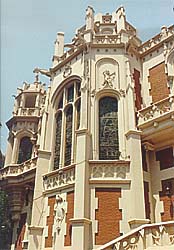
Villa Hug designed by Raoul Brandon
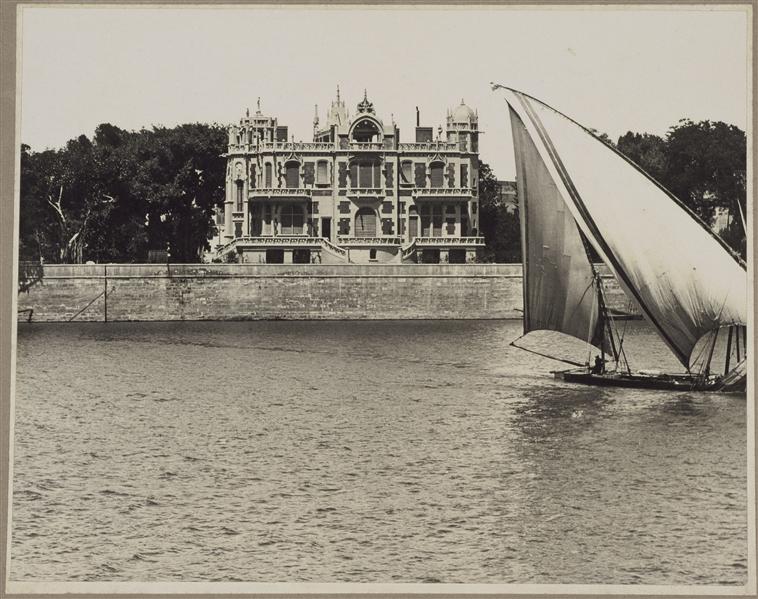
|
|
|
|
|
Cheers to our "talented" literature prize awardee. Your pain his gain !!!
|
|
|
EGY.COM - ZAMALEK
|
|

Villa Hug designed by Raoul Brandon

I can't think of a better candidate for the "Rare Buildings Collection" then the assortment of pre-1950 mansions situated directly on the Nile. There are only 14 of them left in the whole of Cairo. The eleven most important are located on Zamalek's Aziz Abaza and Mohammed Mazhar Streets. These include the Greater Cairo Library, the Modern Art Museum and those prime properties currently owned or leased by the governments of India (Villa Hamida Faizi and Dr. Mohammed Reda Villa), Russia (ex-Ali Mahmoud Villa), Vatican, Iraq (ex-Rea-ya Faizi villa), Saudi Arabia (ex-Tewfik Doss Pasha Villa), Hungary (ex-Ezzedine Omar villa). Of the remaining three, two are on the island of Manial al-Rhoda and the third is bayt al Monasterli in the Bahr al Aazam district of Giza.
If I were governor of Cairo I would put these villas on the list of endangered species placing an ironclad moratorium on their destruction or structural alteration. And as a resident of Zamalek of which I am not, I would hold perpetual vigil to ensure the present owners comply with the basic rules of preservation. I would also ask the island's elders for the history of these buildings so that the information could be put in a brochure. For sure, these landmarks are part and parcel of the island's architectural heritage.
An example of what could be written in the brochure about one of those 14 endangered species would probably read as follows:
The neo-gothic Villa Hug is located at No. 3 Aziz Abaza Street.
Built in 1907-8 it is one of the oldest villas in Zamalek. Its first owners were Jean (b. 1862, Heinfelden, Switzerland) and Marcelle Hug. Monsieur Hug (pronounced the French way) was the founder of Banque Hug & Cie located at No. 9 Cherif Pasha Street (ex-Madabegh) in downtown Cairo.
Whereas Hug was responsible in part for the growing trade between Egypt and Switzerland, he had nothing to do with the renaming of the street. In fact, it was only after 1952 that Amir Saiid Street was renamed Al Maahad al-Swissri in honor of the Swiss Archeological Institute located further down the street (also a member of the endangered specie).
In the late 1980s the street was once again renamed, this time as Aziz Abaza in honor of the renowned Egyptian literati who lived at No. 17.
The villa is a fine example of the eclectic movement that characterized Cairo's architecture during the first half of the 20th century. While Villa Hug's French architect was not as prolific as his Cairo contemporaries, he is nevertheless the dsigner of the handsome Orosdi-Back department Store on Abdelaziz Street in downtown Cairo.
One may easily point out similarities between Villa Hug and the Music College on Zamalek's Ismail Mohammed Street allegedly designed earlier this century by court architect Ernesto Verucci Bey for account of a prosperous senator from Upper Egypt.
From a 1910 publication we learn that Villa Hug's contractor was the Italian firm of Guiseppe Garrozzo & Figli the very same contractor of the Egyptian Antiquities Museum--Antikhana in 1900-3.
Because Villa Hug's exterior remained intact up to the close of the century we need not second-guess its style or motif. Characterized by special masonry, round balconies, buttresses and an abundance of stucco, one surmises it is the only neo-gothic revival edifice on the Nile. Note also its pointed roof walls, its awesome gargoyles and the superbly glazed windows imported especially from France. Examine the villa's main entrance and discover the letter "H" spun into an amazing web of stained-glass motifs.
After Hug died, the villa was leased to the Institute of Education for Girls "Amira Fawkia al-Gedida." This is where daughters of the elite went if they were not already enrolled in the French-language Lycée Francais, Mère de Dieu or Sacred Hearts.
Unlike the state-run schools of today which have the propensity to turn concrete buildings into a rubble heap, the frangible Villa Hug survived its school years intact.
When the time came, Hug's widow, Marcelle, sold the villa to Mr. and Mrs. Mohammed Sameh Moussa. In his capacity of Secretary of the pre-1952 Saadist Party, Moussa Bey entertained Egypt's top-drawer politicians. Moussa's wife (Wadood "Toutou" Faizi) meanwhile was very much at home on the island of Zamalek especially since her siblings were also her neighbors owning three of the exclusive--and now endangered--riverfront mansions.
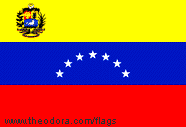
In the 1970s, Villa Hug was leased to the government of the Republic of Venezuela. Among the prominent Latin Americans who stayed there were Venezuela's president Senor Rafael Calderas and ambassador Nava Carrillo who was later nominated his country's minister for foreign affairs.
Four years ago the Venezuelans moved to an apartment flat in Maadi, which is why Faizi Beys's descendants could now sell Villa Hug and reap a handsome profit.
At the writing of this story, the new owner of Villa Hug is the leading Egyptian educator Ms. Nawal al-Degwi, owner of several private educational institutes. Fronting for Prince Bandar Ibn Sultan of Saudi Arabia she purchased the villa from Wadood and Sameh Moussa's only son Yussri.
Degwi on behalf of Prince Bandar is currently restoring the villa's interior and adding modern amenities here and there. So if you happen to see something protruding from the roof, it is not an old gargoyle gone agog or a statue heaving out of synch. It is simply an elevator shaft as the villa prepares for its second century of existence.
Indeed, each one of the remaining 14 villas fronting the Nile has a telling story to relate.
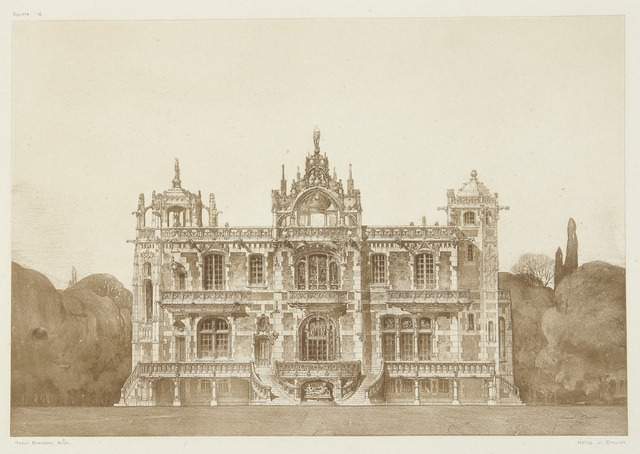
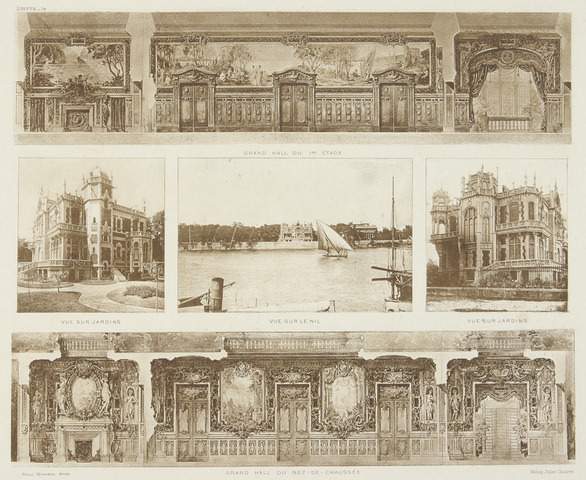
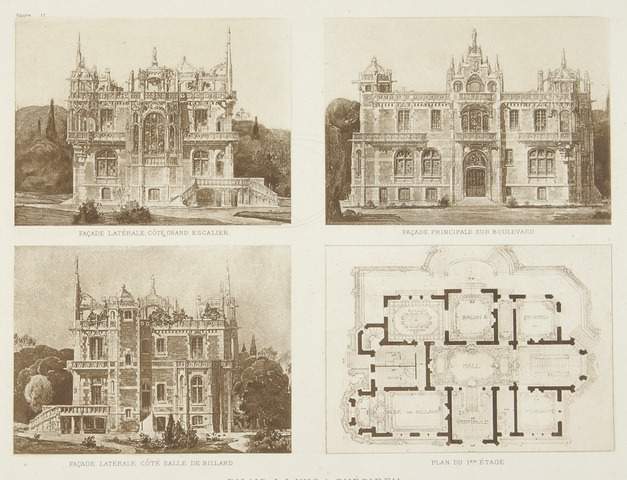
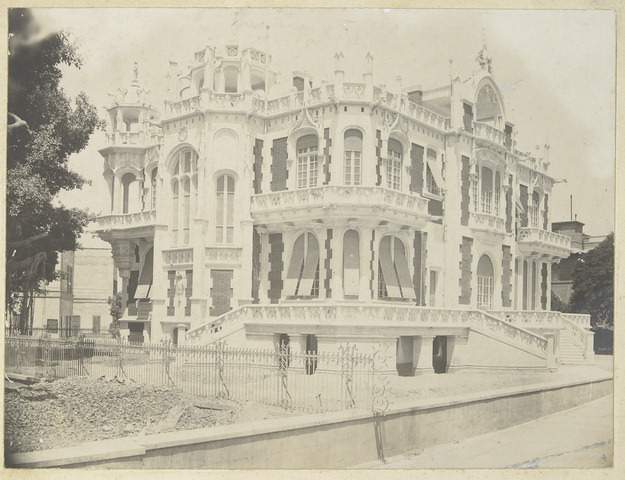
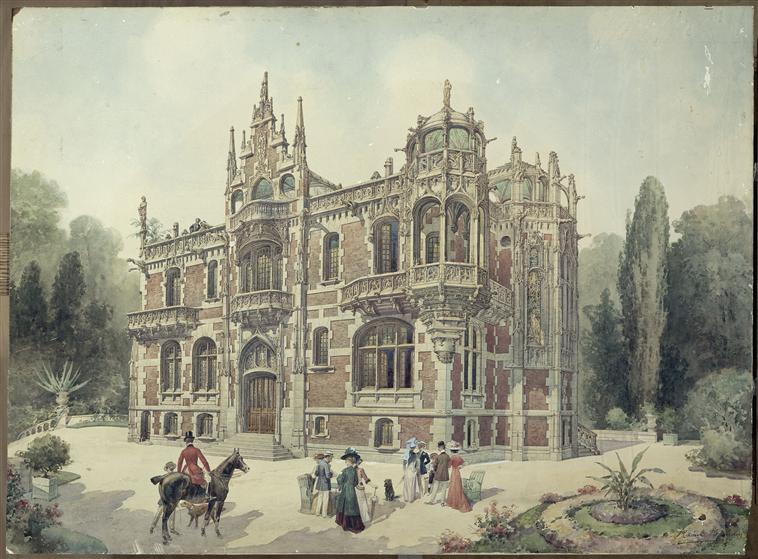
photos courtesy Jenk A.Y Yalcin
|
|
|
|
|